To address issues in stellarator reactors, Princeton Plasma Physics Laboratory has developed its QUADCOIL computer code for optimizing and accelerating the design process.
Category: computing – Page 117
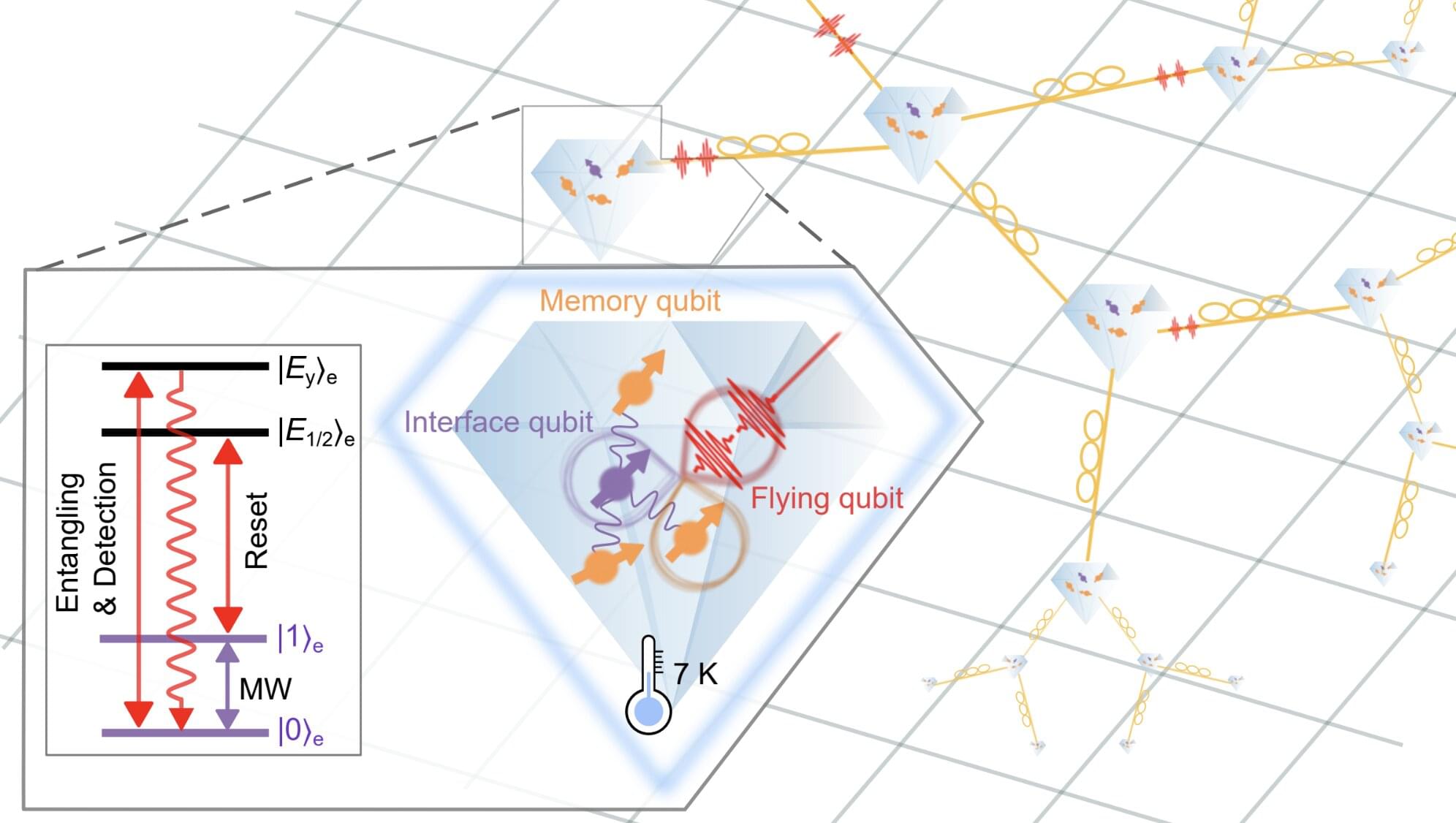
Researchers attain coherent control of a hybrid quantum network node
Quantum technologies, which operate leveraging quantum mechanical phenomena, have the potential to outperform their classical counterparts in some optimization and computational tasks. These technologies include so-called quantum networks, systems designed to transmit information between interconnected nodes and process it, using quantum phenomena such as entanglement and superposition.
Quantum networks could eventually contribute to the advancement of communications, sensing and computing. Before this can happen, however, existing systems will need to be improved and perfected, to ensure that they can transfer and process data both reliably and efficiently, minimizing errors.
Researchers at Tsinghua University, Hefei National Laboratory and the Beijing Academy of Quantum Information Sciences recently demonstrated the coherent control of a hybrid and scalable quantum network node. Their demonstration, outlined in Nature Physics, was realized by combining solutions and techniques that they developed as part of their earlier work.
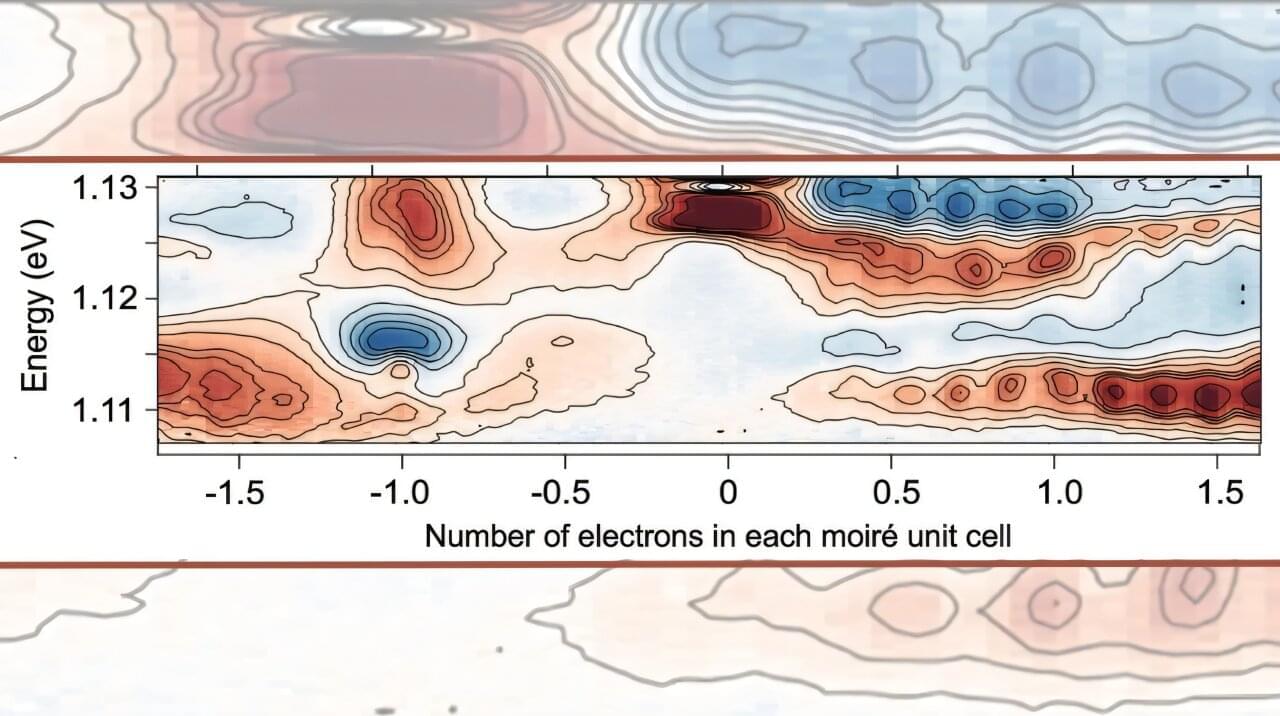
It’s a quantum zoo out there, and scientists just found a dozen new ‘species’
There are a seemingly endless number of quantum states that describe quantum matter and the strange phenomena that emerge when large numbers of electrons interact. For decades, many of these states have been theoretical: mathematical and computational predictions potentially hiding among real-life materials—a zoo, as many scientists are coming to refer to it, with new “species” just waiting to be discovered and described.
In a new study published on April 3 in Nature, researchers added over a dozen states to the growing quantum zoo.
“Some of these states have never been seen before,” said lead author Xiaoyang Zhu, Howard Family Professor of Nanoscience at Columbia. “And we didn’t expect to see so many either.”

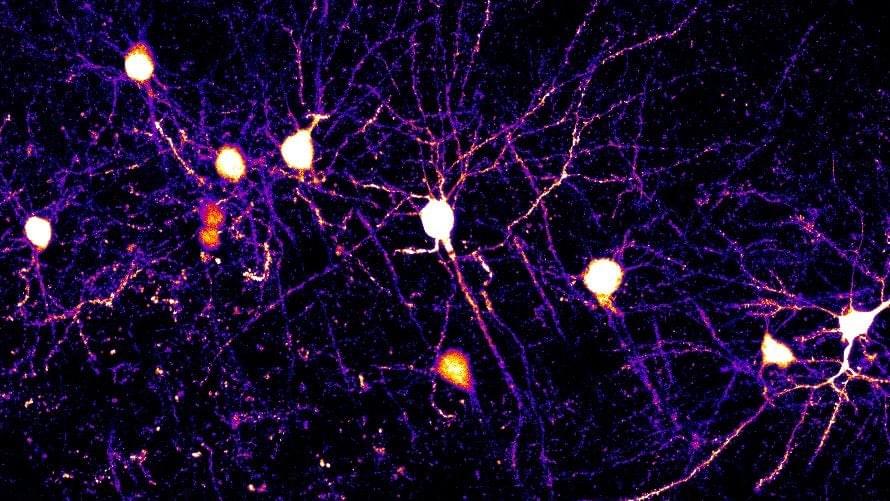
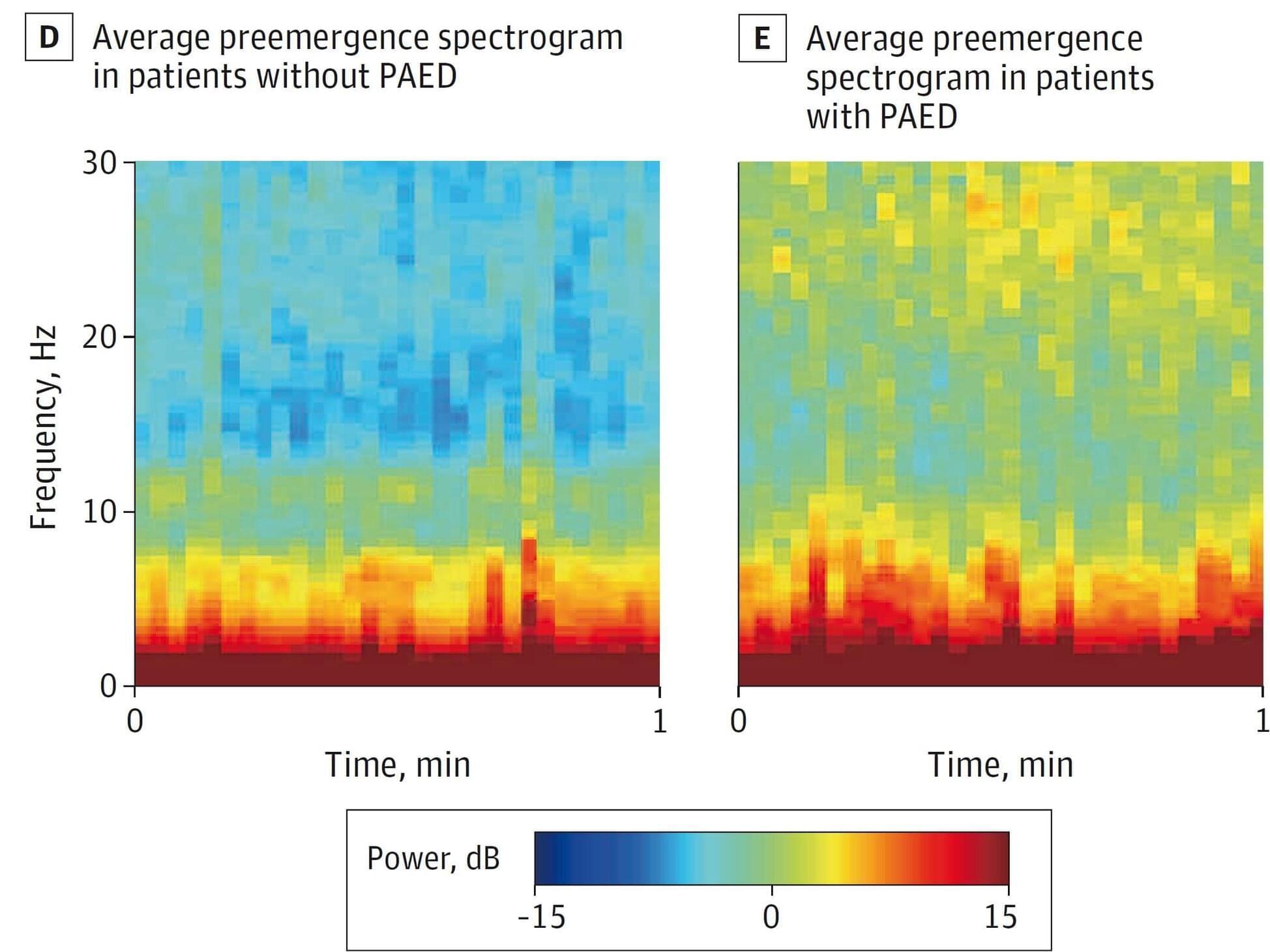
In kids, EEG monitoring of consciousness can safely reduce anesthetic use
Results of a randomized, controlled clinical trial in Japan among more than 170 children aged 1 to 6 who underwent surgery show that by using EEG readings of brain waves to monitor unconsciousness, an anesthesiologist can significantly reduce the amount of the anesthesia administered to safely induce and sustain each patient’s anesthetized state.
On average, the patients experienced significant improvements in several post-operative outcomes, including quicker recovery and reduced incidence of delirium.
“I think the main takeaway is that in kids, using the EEG, we can reduce the amount of anesthesia we give them and maintain the same level of unconsciousness,” said study co-author Emery N. Brown, Edward Hood Taplin Professor of Medical Engineering and Computational Neuroscience at MIT and an anesthesiologist at Massachusetts General Hospital. The study appears in JAMA Pediatrics.
3D boiling-based cooling tech shows 7x performance boost for chips
Researchers at the University of Tokyo have developed a 3D cooling system that uses boiling water to dissipate heat from microchips up to seven times more efficiently than conventional methods.
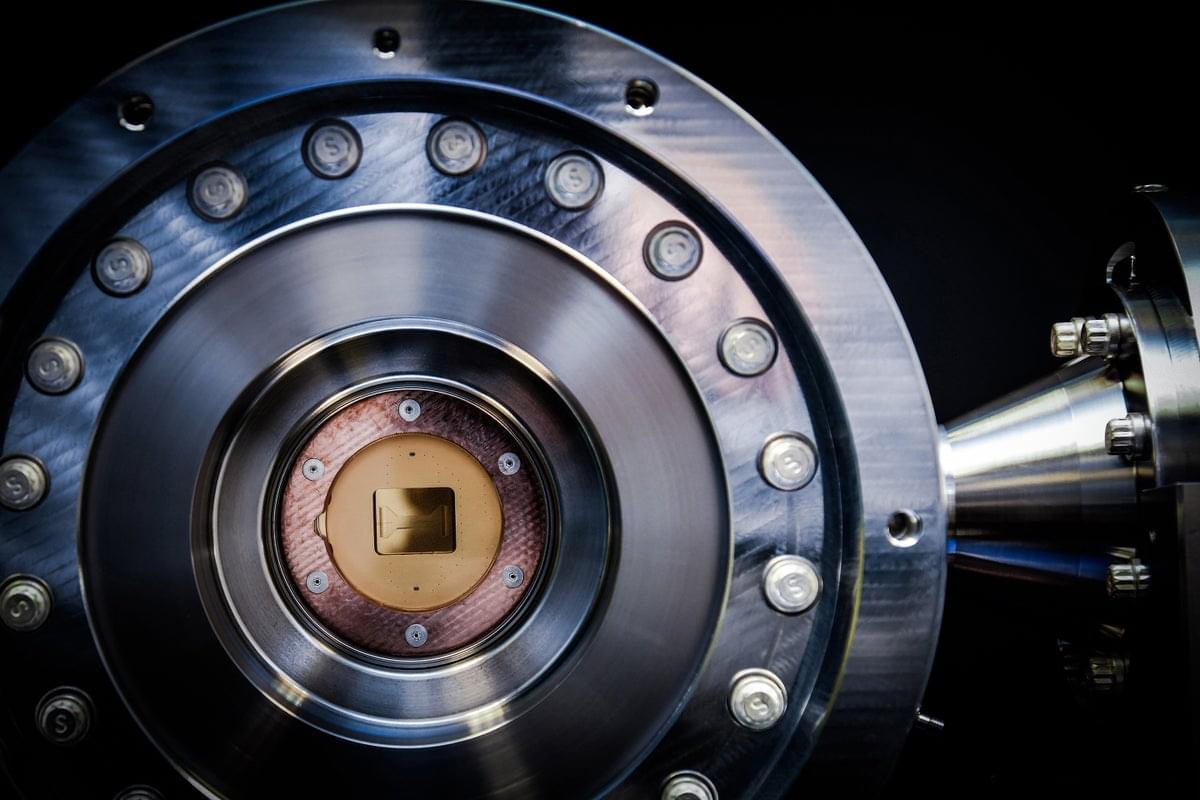
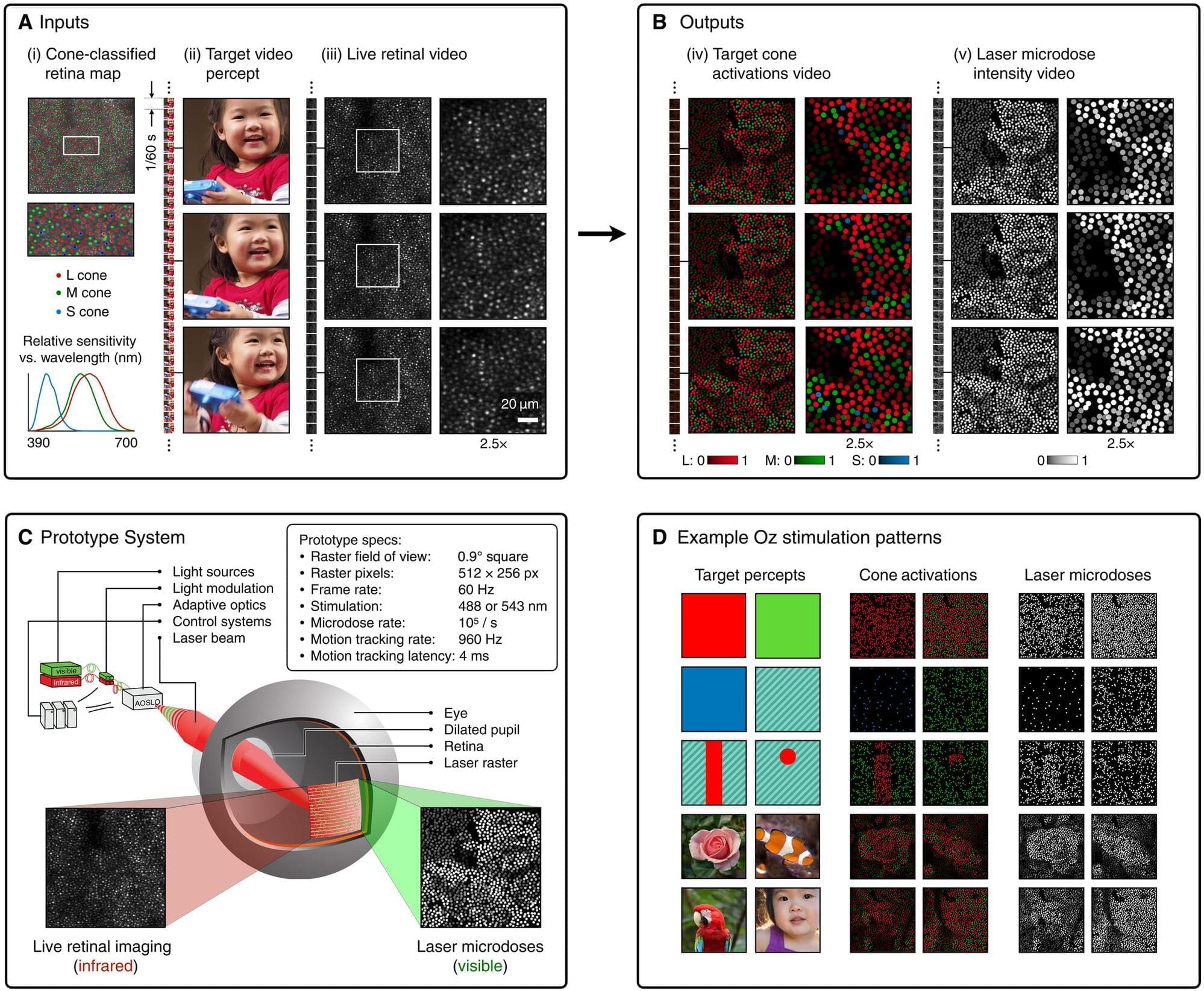
Stimulating the retina to allow people to see a brand new color
A team of engineers, computer scientists and ophthalmologists at the University of California, Berkeley, working with a pair of colleagues at the University of Washington, has developed a technique for stimulating the retina that allows people to see a color not normally seen by humans.
In their study published in the journal Science Advances, the group identified certain photoreceptors in volunteers and then stimulated them to allow those volunteers to see the unique color, which the team has named “olo.”
The human eye has two types of photoreceptors, rods and cones. Rods are used mostly to see in dark conditions. Cones are further divided into long, medium and short cones (L, M and S) depending on which wavelength of light they process most efficiently. Prior research has shown that there is some overlap in light processing between the cones, and the researchers wondered what would happen if light were only processed by one type, such as M.
Scientists Think the Universe Is a Quantum Computer — Here’s The Physics Behind It!
There is no “outside.” No other system. The universe is not on a computer. It is the computer. It is the thing performing the computation. It doesn’t need anyone watching it. It doesn’t need a server farm or a control panel. It simply is what it is: a system that processes information according to its own rules.
In other words, when we talk about the universe as a quantum computer, we’re not saying it’s pretending to be real. We’re saying this is what real is.
1:19 Reality as Code.
8:35 What Is a Quantum Computer, Anyway?
13:37 Evidence and Models That Support the Quantum Universe Idea.
20:04 What Would It Mean If the Universe Is a Quantum Computer?
26:14 Could We Simulate the Universe from Within It?
32:37 The Dark Implications.
39:53 Is This the Best Description We’ll Ever Get?